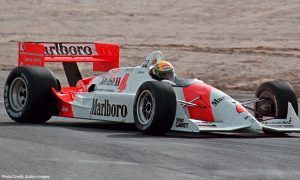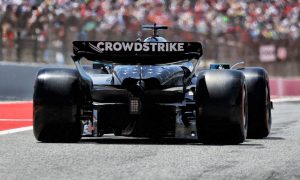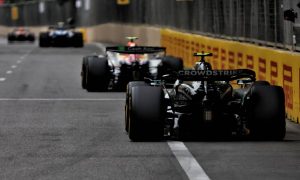
Mercedes has revealed that it has been forced to make more changes to its power unit package than at any other point since the start of Formula 1's modern hybrid era.
The technology has helped Mercedes clinch a record eight consecutive titles since the hybrid engine rules were introduced. But a major change to the technical regulations this season has forced a major rethink.
"It has been a wide and deep project, and we have changed more parts of the PU for this year than in any season since 2014," confirmed Hywel Thomas, head of the team’s powertrain programme, at the launch of the W13 on Friday.
"It’s been such a significant change, we modified our overall approach to design and development," he said. "We started earlier and had more points along the journey where we could experiment with some of our technologies.
"It wasn’t a case of spreading the same amount of effort over a longer period, it was about having a very high level of activity over a longer period."
He added that new engine “builds on the generation of championship-winning power units” and that the work had involved "finding more performance, more reliability and taking the overall package of the power unit further."
Mercedes power units have traditionally dominated the sport, but last season saw their advantage slashed. It ended up being the closest championship battle since the start of the hybrid era.
Although Mercedes held on to the team title ahead of the Honda-powered Red Bull team, Lewis Hamilton fell behind Max Verstappen during the course of the season and narrowly failed to win the driver's title in Abu Dhabi.
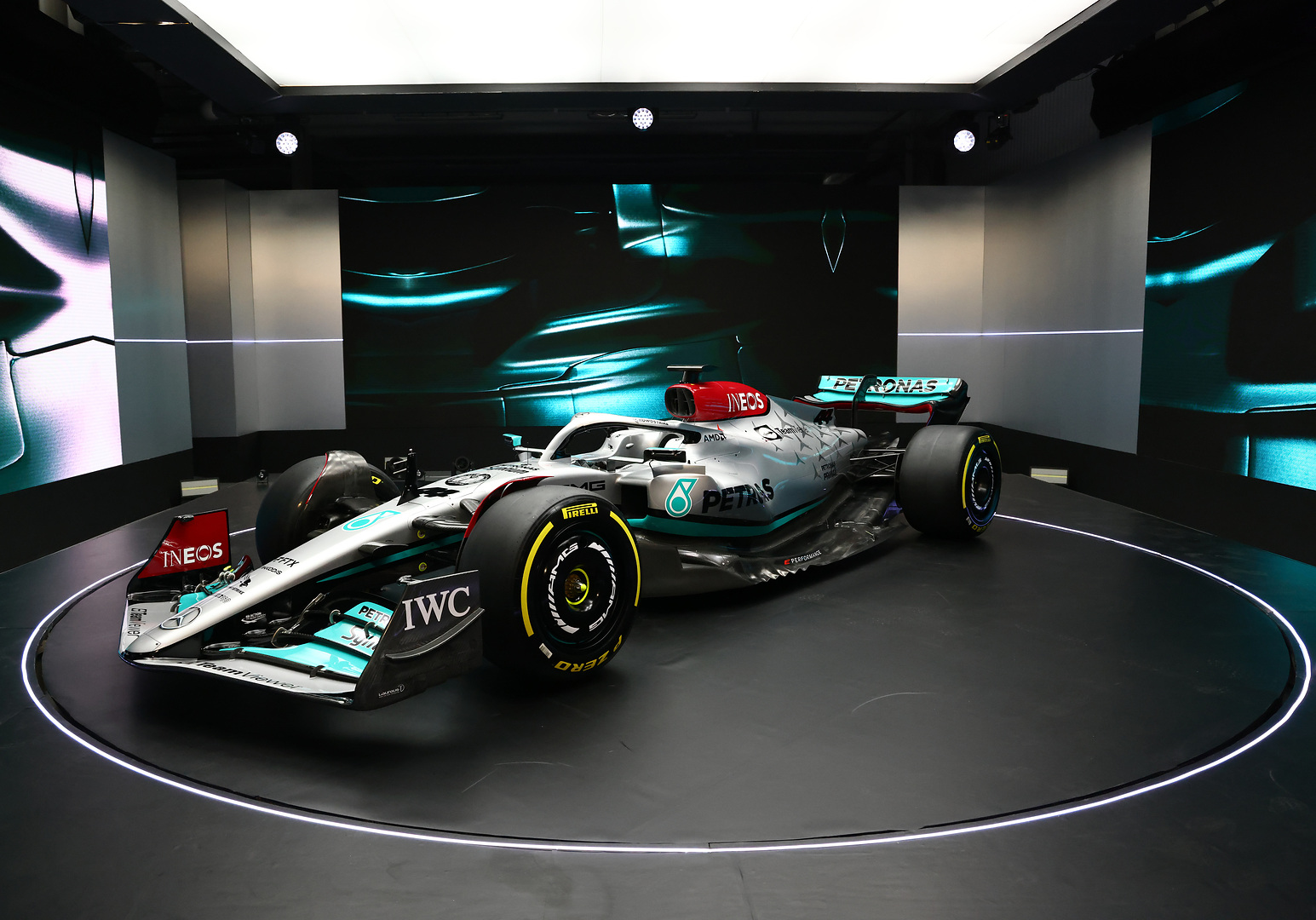
Mercedes-AMG F1 W13 E Performance Launch - Steve Etherington
“2021 was the first season in this regulation cycle where we had to freeze the performance specification of the PU at the start of the season," Thomas explained.
“The project we took on for 2022 was large. It is a very broad upgrade across the different elements, to get every last bit of performance, efficiency and reliability.
“There are also some FIA-imposed measurements, particularly in the ERS system, that we had to accommodate as well.
"We’ve been allowed one final performance upgrade, most of which needs to be delivered at the start of the season. And the ERS system upgrade must be introduced before 1st September.
"This doesn’t only have an impact on 2022, because the performance specification will remain frozen until the start of the next regulation cycle in 2026," he pointed out.
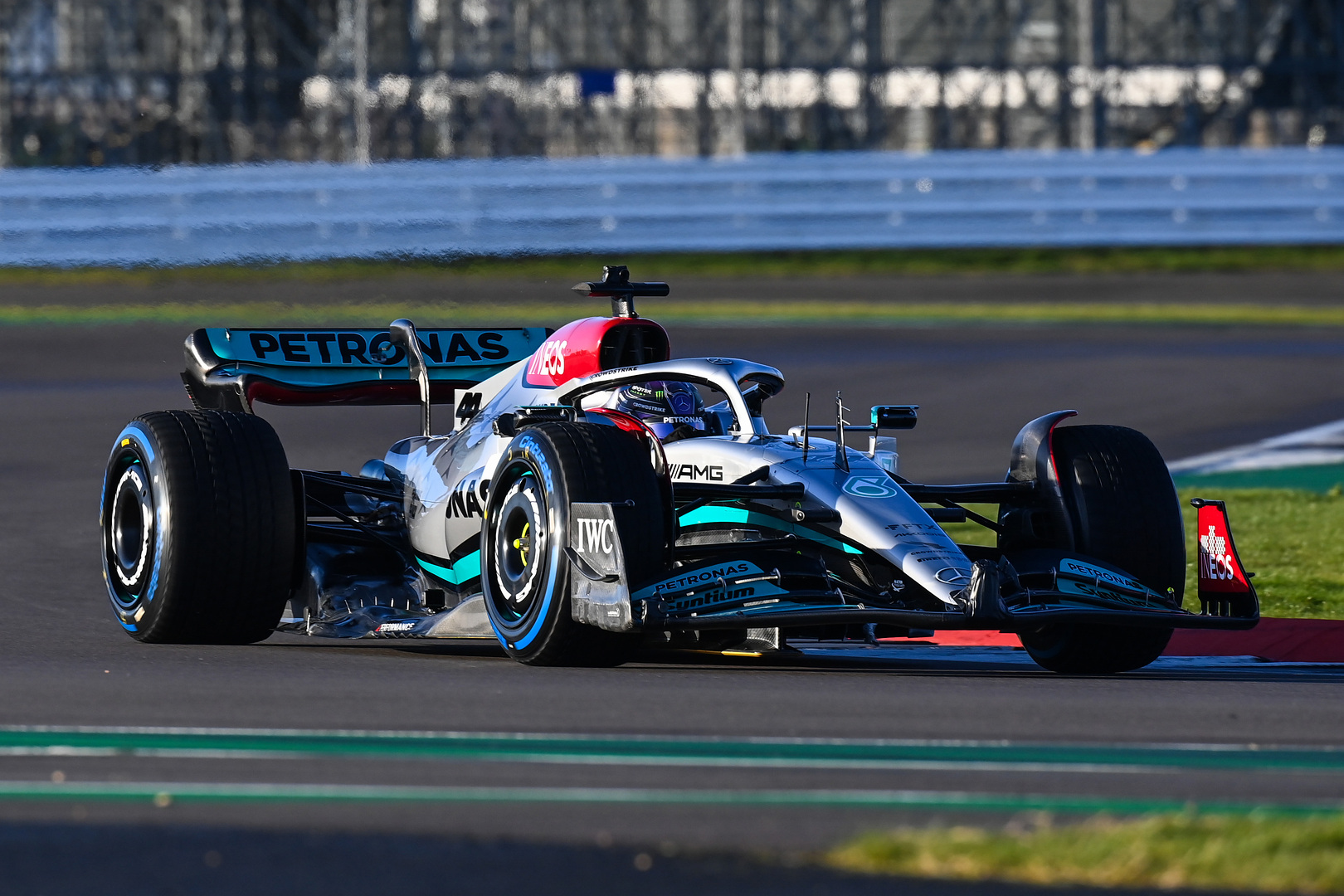
© Mercedes
Changes to the power units inevitably have a knock-on effect to the entire car design. “The chassis team have been working very diligently and swiftly through the new regulations so they can understand where the opportunities lie, and which areas are lap time sensitive.
“We've made changes to the PU that allow the chassis team to best exploit the regulations," Thomas said. “We might want to rearrange the installation slightly or change the PU layout to get more flexibility in those lap time sensitive areas.
"“We have to cover quite a lot of possibilities to make sure that PU is ready for whatever turns up.
“We never really know how much performance, in terms of chassis performance, we are going to find," he added. “We have some very good simulation tools and of course we use those to make estimates of where the chassis will end up.
"But we don’t know for sure," he admitted.
Gallery: The beautiful wives and girlfriends of F1 drivers
Keep up to date with all the F1 news via Facebook and Twitter



